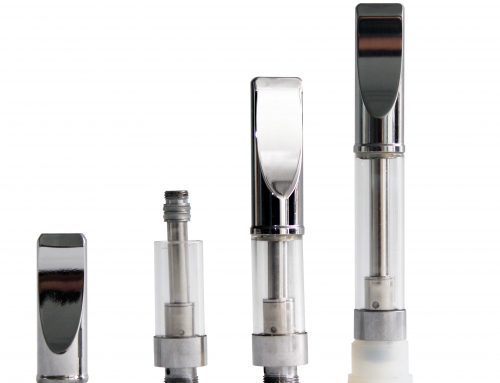The Coalition of Asia Pacific Tobacco Harm Reduction Advocates (CAPHRA) commends New Zealand for its significant strides toward achieving the Smokefree 2025 goal. However, they caution that proposed legislative changes, particularly a ban on disposable vapes, could jeopardize the country’s leadership position in the region.
Nancy Loucas, CAPHRA’s Executive Coordinator, remarked, “New Zealand is on the brink of a groundbreaking public health milestone. With forward-thinking policies promoting vaping and other reduced-risk alternatives, the nation is well-positioned to meet its target of reducing the smoking population to below 5% ahead of schedule.”
Recent statistics reveal that smoking rates have declined dramatically to just over 6%, down from 16.4% in 2011/12 when the Smokefree 2025 initiative was launched. This impressive reduction is largely credited to New Zealand’s adoption of tobacco harm reduction strategies, which have become a benchmark for other Asia Pacific nations.
“New Zealand’s success is rooted in evidence-based policies that acknowledge the potential of less harmful alternatives in assisting smokers to quit,” Loucas explained. “Countries such as Malaysia, the Philippines, Indonesia, and Thailand have looked to New Zealand’s regulatory framework to inform their own tobacco harm reduction efforts.”
Despite this progress, CAPHRA voices grave concerns regarding proposed changes to the Smokefree Environments and Regulated Products Amendment Bill 2024, especially concerning the prohibition of closed system vapes.
“As New Zealand nears the completion of its Smokefree journey, banning closed system vapes poses a serious threat to this momentum and our reputation as a progressive leader in the region,” cautioned Loucas. “These products have been instrumental in facilitating the transition of smokers away from traditional cigarettes. By instituting a ban, the government risks creating barriers for smokers seeking effective cessation tools.”
CAPHRA advocates for a balanced strategy that includes:
- Continued access to a range of vaping products, including closed systems.
- Implementation of reasonable regulations that do not involve outright bans.
- Expansion of support for reduced-risk alternatives.
- Enhanced education regarding the benefits of transitioning to less harmful products.
“New Zealand has emerged as a global pioneer in tobacco harm reduction, motivating neighboring countries to adopt similar measures. We urge the government to build upon this success rather than undermine it,” Loucas concluded.
“With thoughtful policymaking that preserves access to all forms of vaping products, New Zealand can successfully reach the Smokefree 2025 target and continue to inspire nations around the globe.”


